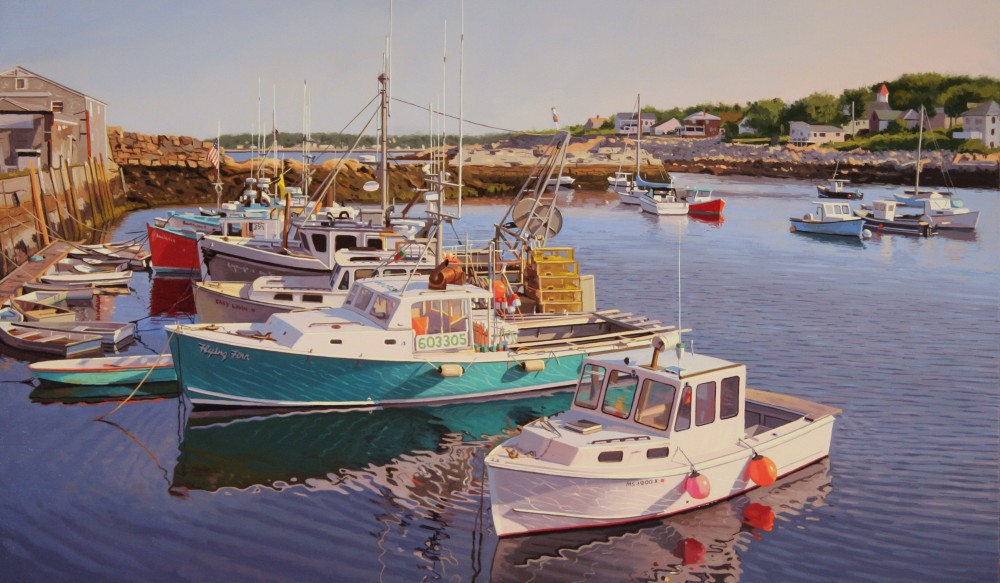In the spring of 1988 I was diagnosed with brachial neuritis (Paronage-Turner Syndrome). This condition is relatively rare. The exact cause is unknown, and the condition is poorly understood. In the space of about 2 weeks I lost almost 20 lbs, mostly from my upper body, as a result of the rapid muscle wasting. I had been in very good physical condition as I worked out regularly. I initially thought I might lose the use of my right arm entirely; however, I did eventually recover, despite lingering muscle weakness. The inflammatory process in this illness causes peripheral nerves to die which results in the rapid muscle wasting. When the nerves are dying it is painful and at the time I did not have health insurance. For many years I was about 80% and still do not feel 100% but found the best exercises for me are power yoga and bicycling. I have even done some long distance rides and been cycling regularly since 2003.
I quickly concluded that my exposure to solvents must have been the cause although doctors were not able to confirm or deny this. I had been using odorless mineral spirits for several years instead of turpentine, thinking they were safer in addition to being less expensive. Solvents are known to be neurotoxins, and because my studio space was combined with my living space my exposure might have more pervasive. You can also absorb the toxins from solvents through your skin so combining this with the vapor exposure was too much for me. For many years after this I was very chemically sensitive to the extent some of lipstick my wife used tasted like solvents to me. There is a condition called chronic toxic encephalopathy which can result if exposure is long term. Extreme versions of this can result in brain damage and I suppose a CAT scan would show if I had been affected to that extent.
Since this time I have only used cold pressed linseed oil in my studio but will use solvents when painting en plein air. Using only cold pressed linseed oil in my studio forced some changes in my painting technique as it does dry slowly, increasing the time required for reworking paintings. I also use a natural citrus-based solvent that is open only when I clean my brushes about every 3 days. If I were to wait too long the citrus solvent would not work well.
